The Paramount Importance of Safety Management in Aviation
Other · 3 min read
Whether you are planning a trip or just dreaming of one, check our recommendations for the best airlines to fly to Japan!
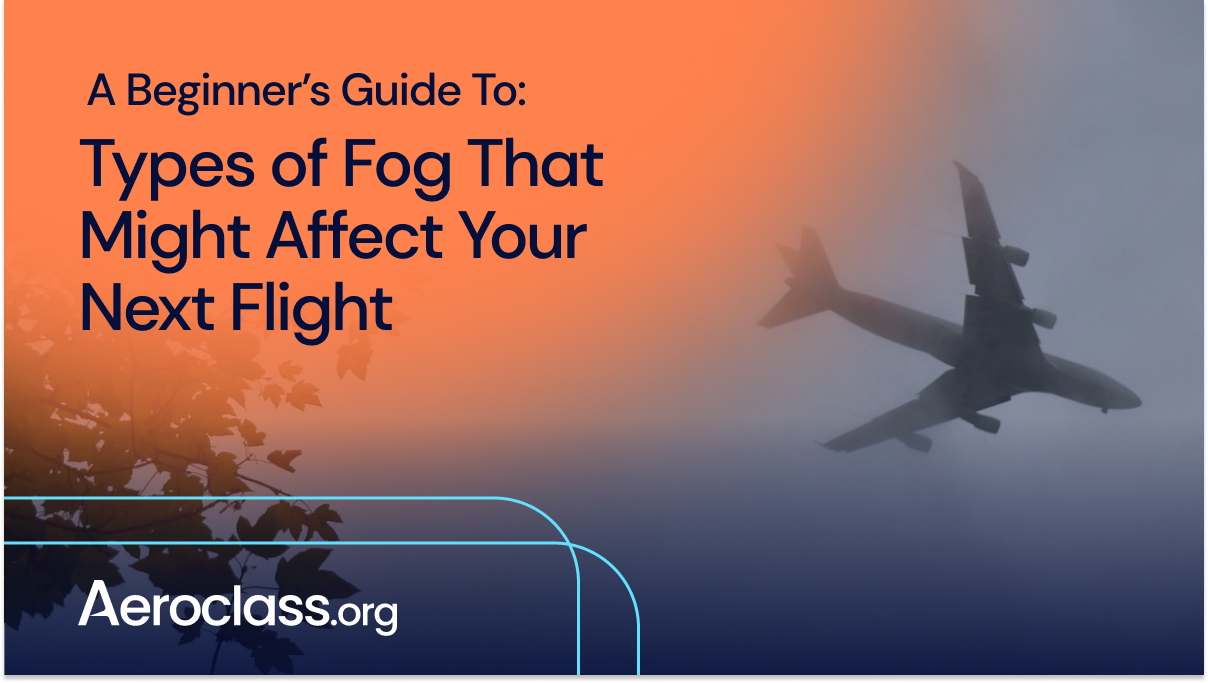
When most people think of fog, they picture a thick haze that prevents them from seeing more than a few feet in front of them. And this is also associated with an increased risk of taking the road on a vehicle.
In aviation, reduced visibility can also become a risky situation, which is why it is essential to understand the different types of fog that can affect pilots and their ability to operate safely.
In this guide, we will discuss the different types of fog in aviation and the details you need to know about them. So, if you want to learn more, we invite you to keep reading.
To better understand the types of fog in aviation, it is better to first understand how it forms and its impact on aviation operations.
Fog is a type of low-lying cloud that forms when the cool air near the ground reaches the dew point, causing water vapor to condense into tiny droplets.
Dense fog can have a significant impact on aviation, as it can reduce visibility and make it difficult for pilots to take off or land. In some cases, fog can even lead to flight delays or cancellations.
There are several ways to determine fog density in order to assess its impact on aviation. Let’s see some of them.
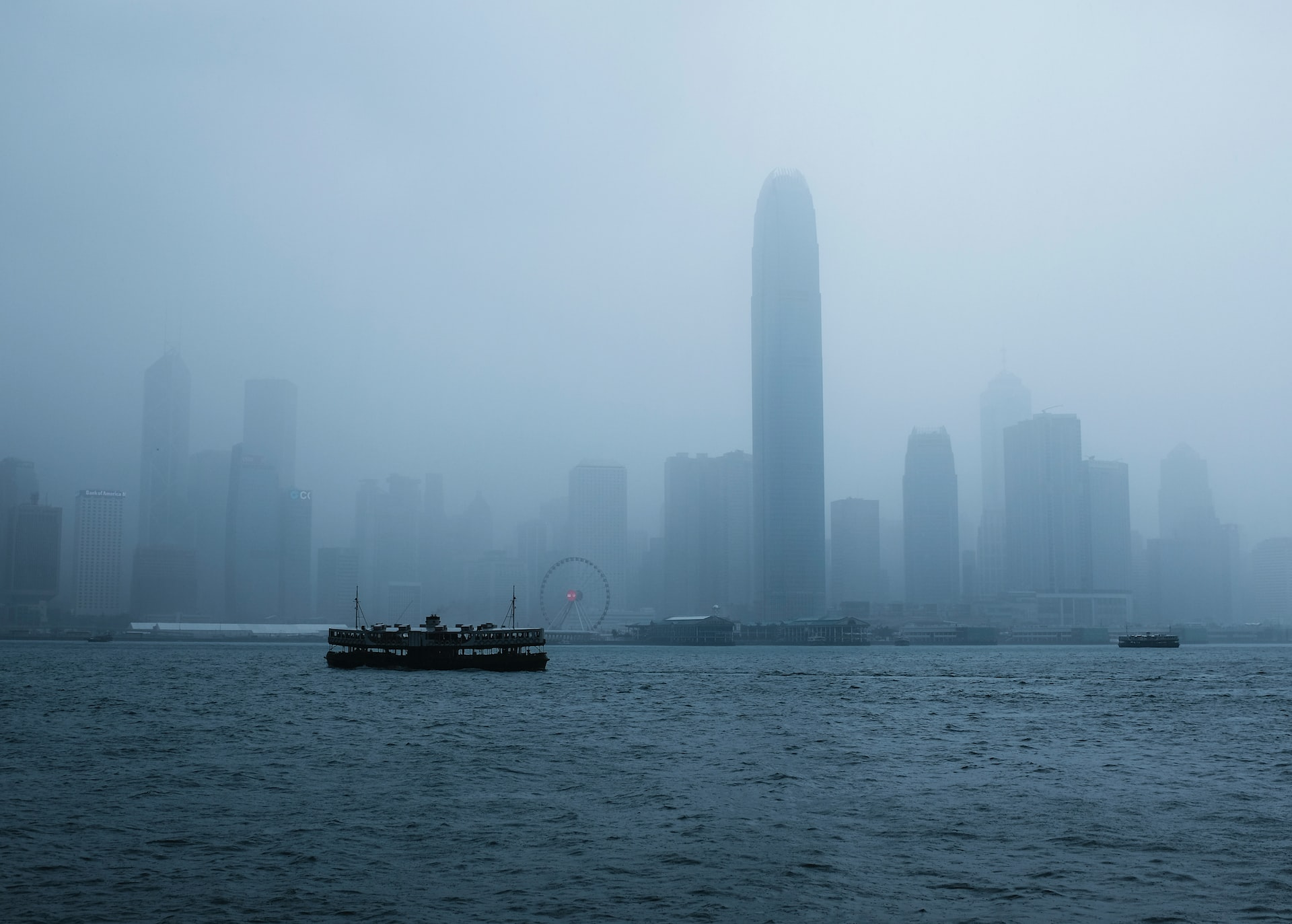
Horizontal Visibility (HV) is used to measure how far away an object can be seen horizontally from an observation point.
The Meteorological Optical Range (MOR) uses a laser beam to measure the distance between an aircraft and a fog layer.
The Lower Limit of Visibility (LLV) is the lowest height at which a fog layer can be observed from the ground.
By understanding how fog forms and how it affects aviation, pilots and air traffic controllers can take steps to improve safety and minimize disruptions.
There are many different types of fog defined according to how they are formed, so it is time we see them in detail.
Many people speak about the 5 types of fog in aviation. However, the truth is that there are about 10 types of fog defined according to how they form and their effects on aviation operations. Yet, the reference of them being 5 is attributed to the most common and the ones with the highest impact. These usually are radiation fog, advection fog, steam fog, ice fog, and upslope fog. Other forms include freezing fog, evaporation fog, valley fog, hill fog, and frontal or precipitation-induced fog. There are similar types, such as valley fog and hill fog which form in a similar way to upslope fog. So, we will not be covering them all.
Let’s see some of the details.
Radiation fog, also known as ground fog, is a type of fog that forms when the ground cools quickly at night and the air near the ground becomes saturated with moisture.
In other words, radiation fog forms when water vapor in the air rapidly cools and condenses into tiny water droplets. If there is little to no wind, radiation fog may not form at all, but rather a layer of frost or dew will appear on surfaces. However, if there is a light breeze of around 5 knots, it will mix the air near the surface and create thicker layers of fog. With stronger winds, though, the fog could rise and turn into Stratus clouds.
Radiation fog is most common in the winter, and it typically dissipates shortly after sunrise. However, radiation fog can pose a serious threat to aviation, as it can reduce visibility and make it difficult for pilots to take off or land safely.
By understanding how radiation fog forms and knowing when to expect it, pilots can help ensure that their flights are safe and smooth.
The three conditions required for radiation fog are:

Advection fog is a type of fog that forms when warm, moist air moves over a colder surface. This can happen when a warm front passes through an area or when maritime air moves over land. For example, advection fog is a common springtime occurrence in coastal areas of northwestern Europe when relatively warm moist air moves towards land from over the colder land and shallow water surfaces.
Being a common weather phenomenon, advection fog can have significant impacts on aviation. As happens with radiation fog, when advection fog forms near airports, it can reduce visibility and make it difficult for pilots to take off and land safely.
In some cases, advection fog can also cause flight delays and cancellations. Therefore, it is important for pilots to be aware of the conditions that can lead to the formation of advection fog.
Steam fog, also known as vapor fog, steaming fog, or frost smoke, is a type of fog that arises when moist air comes into contact with a cold surface. It is common in cold weather and can be particularly problematic for aviation.
For example, In Iceland, Norway, and other similar areas with steep coasts and fjords, vapor fog can drift over land areas at a depth of 500 feet or more. In temperate latitudes this type of cold air is rare, but it can sometimes happen in winter when light wind conditions cause it to collect in large river valleys and then drift out over a warm sea surface.
When moisture in the air condenses on aircraft surfaces, it can reduce visibility and make it difficult to take off and land safely. Steam fog usually forms near bodies of water, such as lakes and oceans. However, it can also form over land if the air is sufficiently humid. In order to avoid steam fog, pilots must carefully monitor weather conditions and take appropriate precautions when flying in cold weather.
The two conditions required for steam fog are:
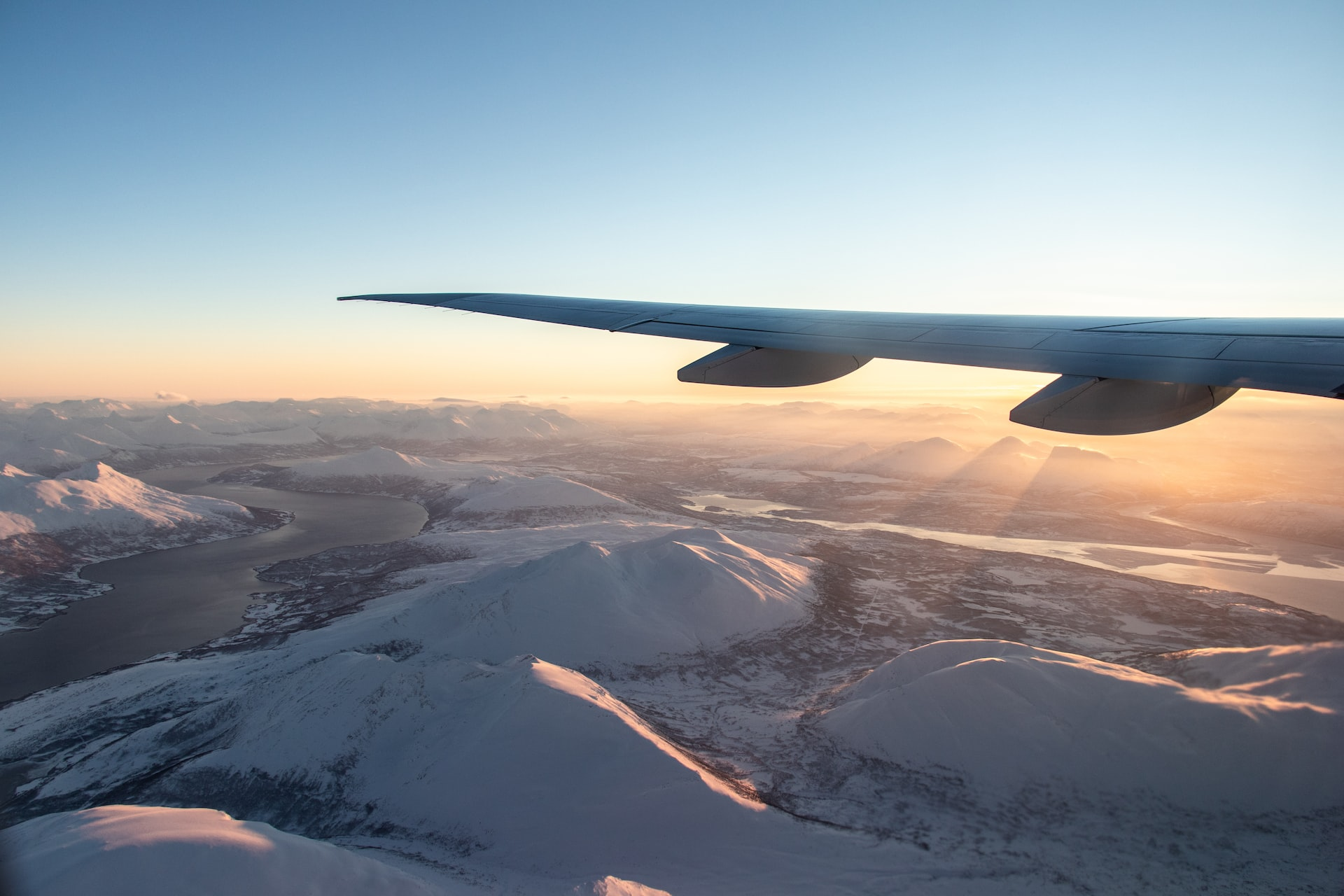
Ice fog can be a major problem for aviation. When fog droplets freeze in the cold air, they can create a fog that is dense and difficult to see through. This can reduce visibility and make it difficult for pilots to take off or land safely.
In addition, ice fog can coat aircraft surfaces with a layer of frost, which can reduce lift and increase drag. Therefore, this type of fog can pose a serious safety hazard for aircraft. Fortunately, there are steps that pilots can take to improve safety in icy conditions.
For example, they can use deicing equipment to remove frost from their planes before taking off. In addition, they should maintain a constant speed and altitude when flying in this kind of fog to avoid losing control of their aircraft. By following these guidelines, pilots can help ensure that ice fog does not cause any problems during their flights.
This type of fog is most likely to occur in very cold conditions, specifically when the temperature is lower than -10 degrees Celsius. Consequently, this phenomenon largely takes place in Antarctica.
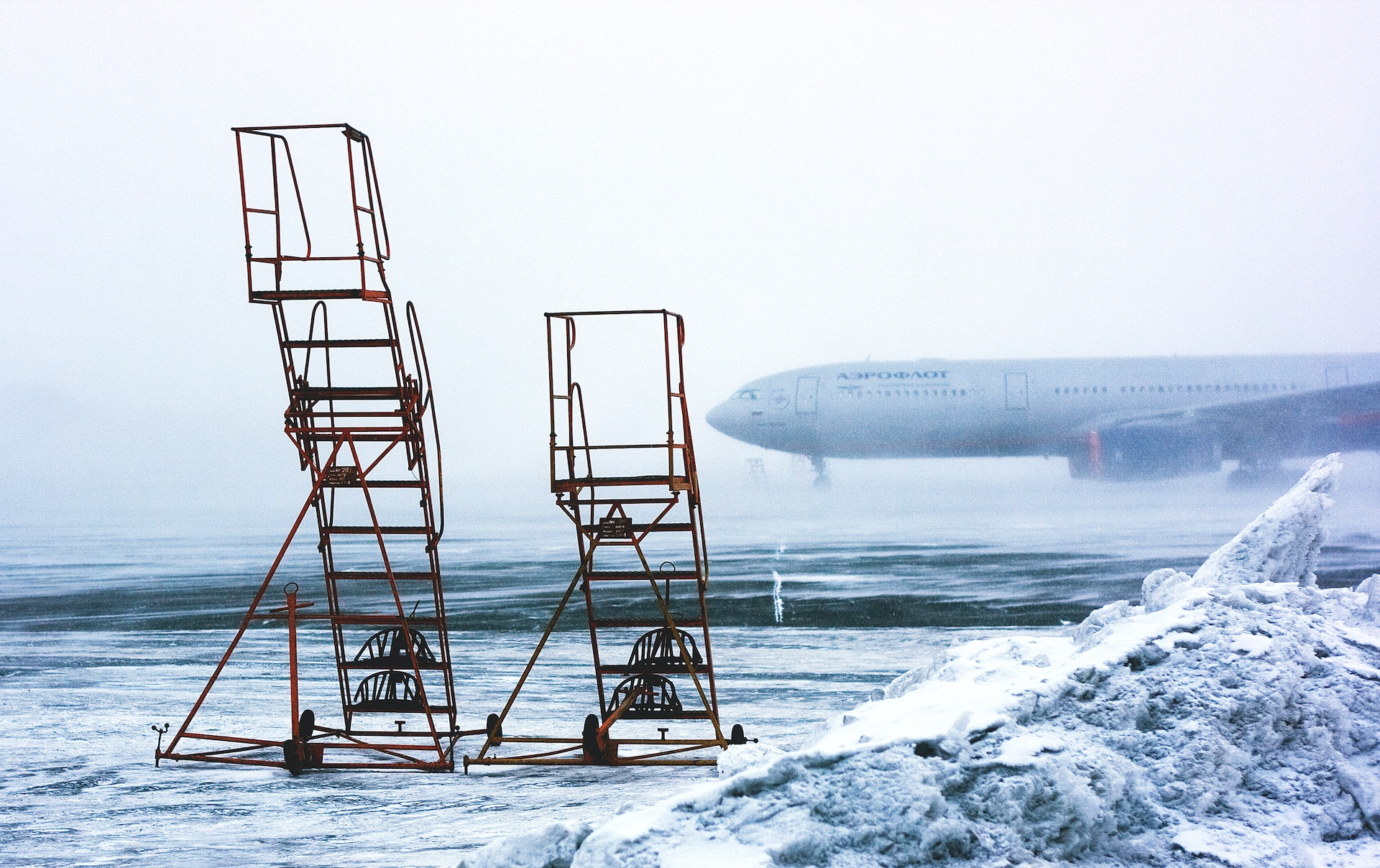
One type of fog that is particularly dangerous for pilots is upslope fog. This occurs when warm air flows up a slope and encounters a colder layer of air. The warm air cools and condenses, forming fog.
This type of fog can be unpredictable and sudden, making it a serious hazard for aircraft. Upslope fog is most common in mountainous regions, but it can occur anywhere there are hills or slopes. Moreover, unlike radiation fog, it can form under cloudy skies.
An excellent manifestation of upslope fog is the Rocky Mountains in Colorado. When winter comes, the westbound cold air becomes obstructed by the eastern mountainside and results in upslope fog.
In order to avoid this type of fog, pilots must be aware of the conditions in the area and be prepared to change course if necessary.

Freezing fog is a type of fog that forms when water vapor in the air condenses into tiny droplets of liquid water and then freezes into ice crystals.
This process can occur very quickly, and freezing fog can quickly reduce visibility to near zero. For this reason, freezing fog is a serious hazard in aviation, and pilots must take extra caution when flying in conditions where it is present.
In addition to reducing visibility, freezing fog can also coat aircraft surfaces with a layer of ice, which can disrupt the flow of air over the wings and cause turbulence. Therefore, it is important for pilots to be aware of the potential dangers of freezing fog and take steps to avoid it.
Freezing fog is most common in cold climates, such as Antarctica. However, it can also occur in temperate regions and places where snowfall is a common occurrence. On the contrary of what many may think, aircraft usually do not have difficulty operating in snowy weather.
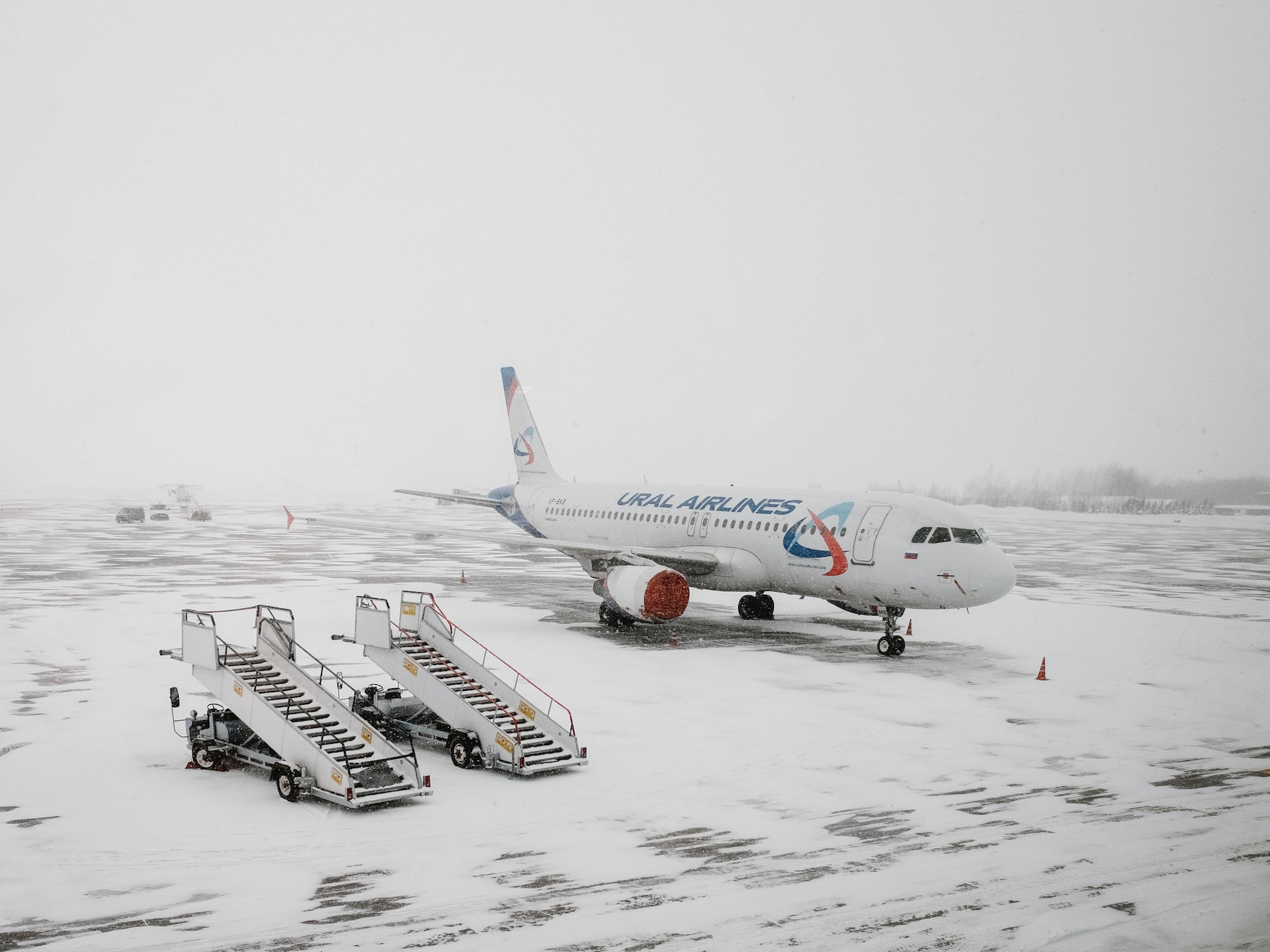
This type of fog is created when cold air passes over warm areas or moist patches of land. This can lead to evaporation fog and frost.
Warm water evaporating into the lower layers of air creates a warming effect, which causes the warm air to rise and mix with cooler air fronts. The interaction between different types of air and moisture allows condensation to occur.
This type of fog is most common in autumn. Therefore, pilots who are flying to areas where this type of fog appears need to be aware of it and plan accordingly so they can maintain visibility.
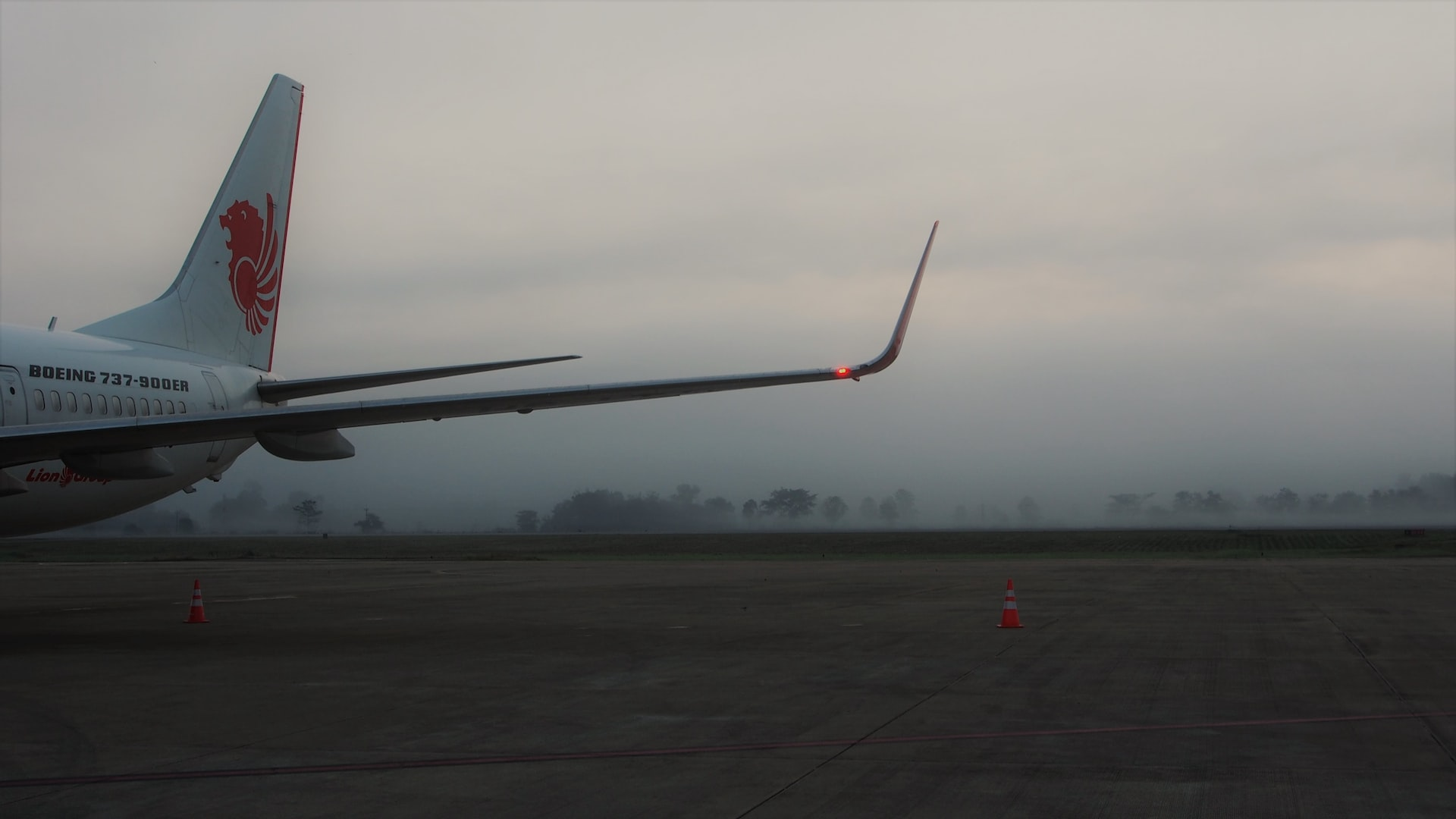
Also known as precipitation-induced fog, frontal fog forms when warm rain and moist air are mixed with a colder surface. It is a common weather phenomenon in areas with large bodies of water, such as the coast.
This type of fog is especially dangerous for aviation because it hangs low and can make it hard to see the ground, which is crucial for maintaining visual contact.
As you can see, there are several types of fog that can affect pilots in aviation, and it is important to be aware of these different conditions in order to maintain safety while flying.
Clearly, each type can present its own set of challenges for pilots, but understanding the dangers associated with each can make a difference when making safe decisions while flying.